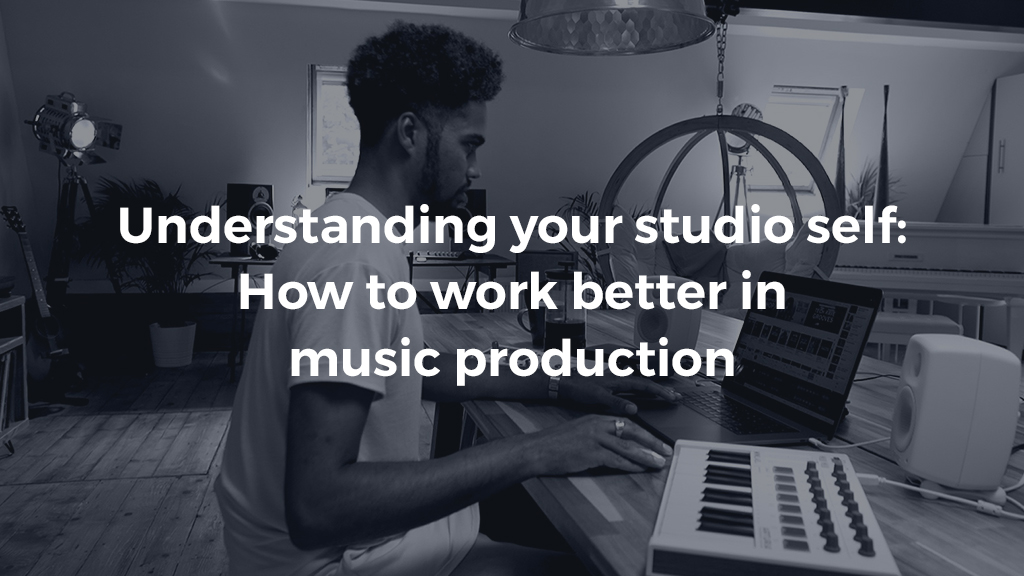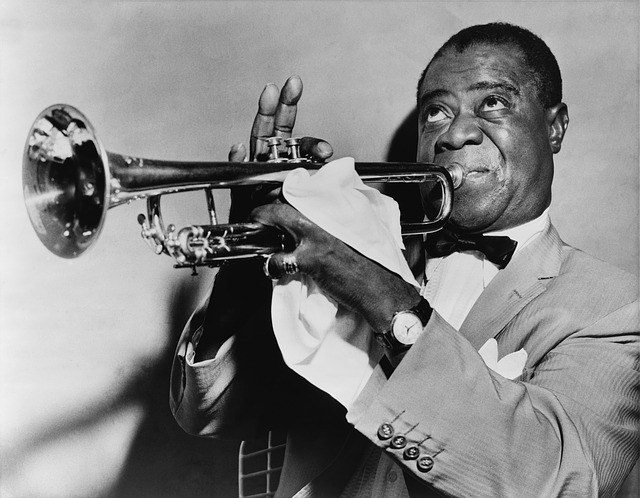Blog
Understanding your Studio Self: How to Work Better in Music Production
23 Oct '2019
How does creativity work? Why does focus come and go? What is inspiration and where does it come from? And most importantly, how can you take the answers to these questions and use them practically to become a better music producer?

In this article, we’ll take a look at the creative concepts behind making music, zooming in on the very grey matter of the human brain, understanding the mind at work, and ultimately helping you come away with a better sense of how to get things done in the studio – and maybe beyond.
What is Creativity?
Let’s step back into general creativity rather than just music. When creating any piece of art, every person tends to him very similar resources available to them. Painters can choose from the same colours and brush sizes; one writer uses the same stock of words as another to mean something completely different; and in music, we have just 12 notes, put into different orders to make radically different outcomes.
So put it this way: all art takes things that existed before – each work just combines them in different ways. The exact same concept goes for ideas: new genres, production techniques or musical twists generally stem from different older ideas being smashed together.
We talk about ‘musical influences’ throughout history, and this is exactly why: when the blues smashed into traditional western instrumentation, jazz came out. That’s a trend that continues today in the splintered genres of electronic music – and the same ability is at work in other fields, like invention, science and technology. New ideas are often more easily expressed as combinations of older ones. “Why don’t we put a camera inside a phone?” “How about we connect two computers together with a phone line?”

OK, but how can we take this knowledge and apply it to an individual creative mind? If creativity is the melting together of multiple ideas into new ones, how can we properly prime our brains to be in-the-zone for doing exactly that?
Your Brain on Music
As it turns out, it’s one of the brain’s jobs to recombine ideas into new ones, helping us to navigate the world and come up with strategies for dealing with anything that could pop up. On a slightly tricker tip, it’s your subconscious mind that attempts to do exactly this. A musician isn’t supposed to be a qualified psychotherapist, so let’s slow things down a little…
If you think of your conscious mind as ‘you’, and the things you’re thinking about, the subconscious mind is more like the back-room worker – it’s thinking about the stuff that we don’t need to focus on, helping us navigate the world as our autopilot, internalising and processing feelings and emotions, storing memories, and of course, recombining ideas into new possibilities.

The work of the subconscious is so low-level that it’s often hard to tune into it. With all the stimuli that are being fired at our conscious mind – especially today – the thoughts and ideas that are created by the subconscious often find it hard to bubble up so we can actually ‘think’ them. We say that we suddenly ‘have’ an idea, but it’s often a lot subtler than that.
This is the crux of creativity: we can encourage our conscious mind to ‘hear’ our subconscious mind in certain ways. Ever had a brilliant idea in the shower? Thought of a great musical riff in the supermarket? Thought of a name for a track in a dream? It’s because these moments help us to tune out of our usual conscious thought processes, dulling the senses and letting the ideas – that the subconscious has generated and is dying to tell us – bubble up from below the surface.
Two elements are needed for creativity: some processing time, and some encouragement to realise its results. Whatever we can do to encourage the idea bubbles to rise up, that’s how we can get into a creative zone. The mission is to find out what activities, mental states or times of day will trigger the flow of ideas.
Write on Cue
Music is all about timing, right? So let’s talk about that. We’ve already said that one element of creativity is showing your brain the stuff it needs to work on in the background, and the other is to let it show you what it’s come up with. How much of a gap do you need between the two?
"Letting your brain chew over issues and play with new combinations overnight can be a great way to hit the ground running in the morning"
The shorter the break, the less time your subconscious mind will have to chew over and recombine your creative elements; leave it too long, and they’re buried under everything else you put on the pile. It’s up to you to find your sweet spot, but a few hours is a good rule of thumb. Also, letting your brain chew over issues and play with new combinations overnight can be a great way to hit the ground running in the morning. Look over a problem before you go to bed, and you might end up with an easy fix in the morning.
Separate Sessions
These days, the various stages of music production are performed by the same person, and tasks like sound design, mixing and beatmaking require completely different skills. Does it seem like a good idea to put your brain through those transitions over and over again as part of a single session?
By ‘specializing sessions’ for certain tasks, you can beat the block and concentrate on what you’re truly looking at, each and every time. There’s less switching between activities, less time lost, more focus gained, and you get to stay where you belong: in the flow.
The time of day itself can also play a role. Perhaps you’re better-equipped to mix when you’re fresh out of bed; or maybe your sound design chops will be at their juiciest when you’re tired in the evening. Again, that’s another thing that you’ll have to work out for yourself – we can’t tell you how your brain works.
Looking to beat writers' block? Why not take the free trial of Loopcloud

